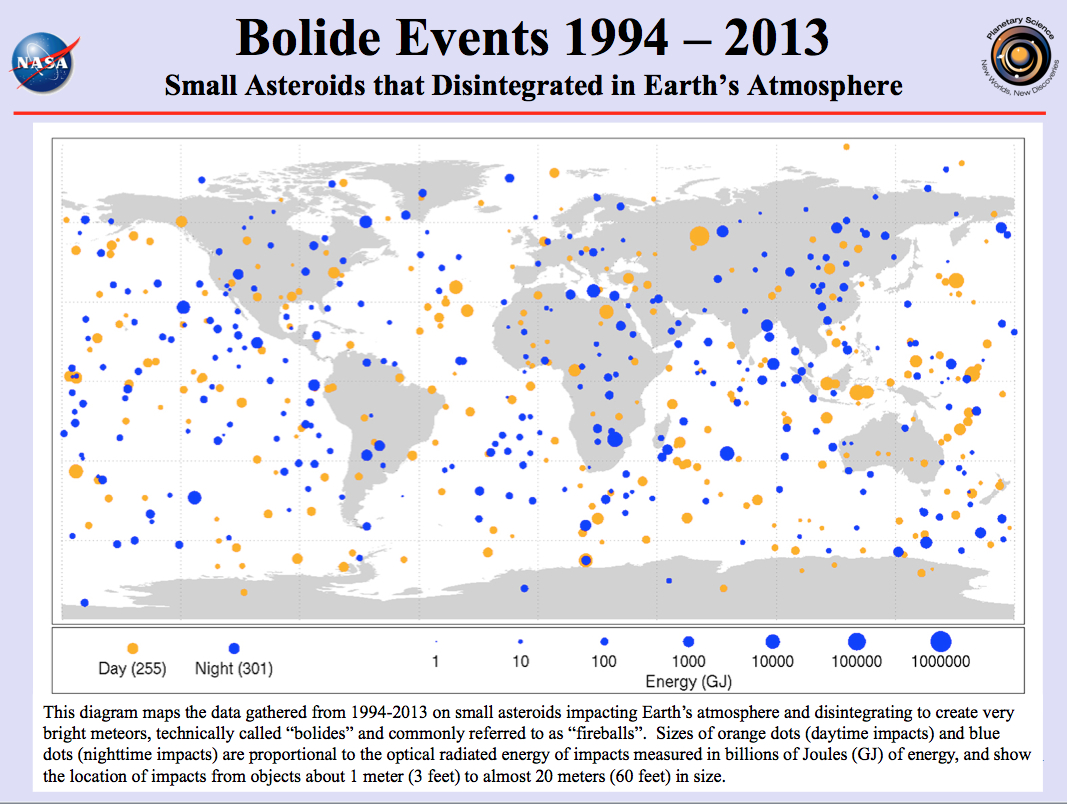
Sanctions may delay Russia’s GLONASS program
GLONASS, or Global Navigation Satellite System, is Russia’s answer to GPS, providing real-time positioning and timing services globally. Initiated by the Soviet Union in 1976, it became fully operational in 1995. The system is vital for both military and civilian applications, ensuring independence from American GPS. GLONASS supports numerous devices across various sectors, including telecommunications, emergency services, and transportation, enhancing navigation accuracy worldwide.
“Unclear” intervention in Crimea and eastern Ukraine pushed a number of governments to apply sanctions against Russian individuals and businesses. The sanctions are strongly hitting Russian economy which moves into recession. Also Russian global satellite navigation system GLONASS will suffer. Due to restrictions in the delivery of radiation-resistant electronic components from the West, GLONASS satellite manufacturer will cancel the program for building the new type of satellites called GLONASS-K2.
Nikolai Testoyedov, CEO of Information Satellite Systems Reshetnev, told the Russian magazine Vestnik GLONASS:
After the two GLONASS-K1 satellites No. 11 and 12, we wanted to go for the launch of more advanced GLONASS-K2 devices. But, unfortunately, the plans had to be adjusted somewhat because of the sanctions restricting the delivery of radiation-resistant electronic components from the West. We have to put a hold on the in-depth development of technical and technological documentation and that delays us in terms of moving ahead by at least a year or two.
This will not affect the functioning of the system which had achieved 100 percent coverage, with the full orbital constellation of 24 satellites operational in 2011.
source: GPS World
Did you like this post about the GLONASS navigation system? Read more and subscribe to our monthly newsletter!









